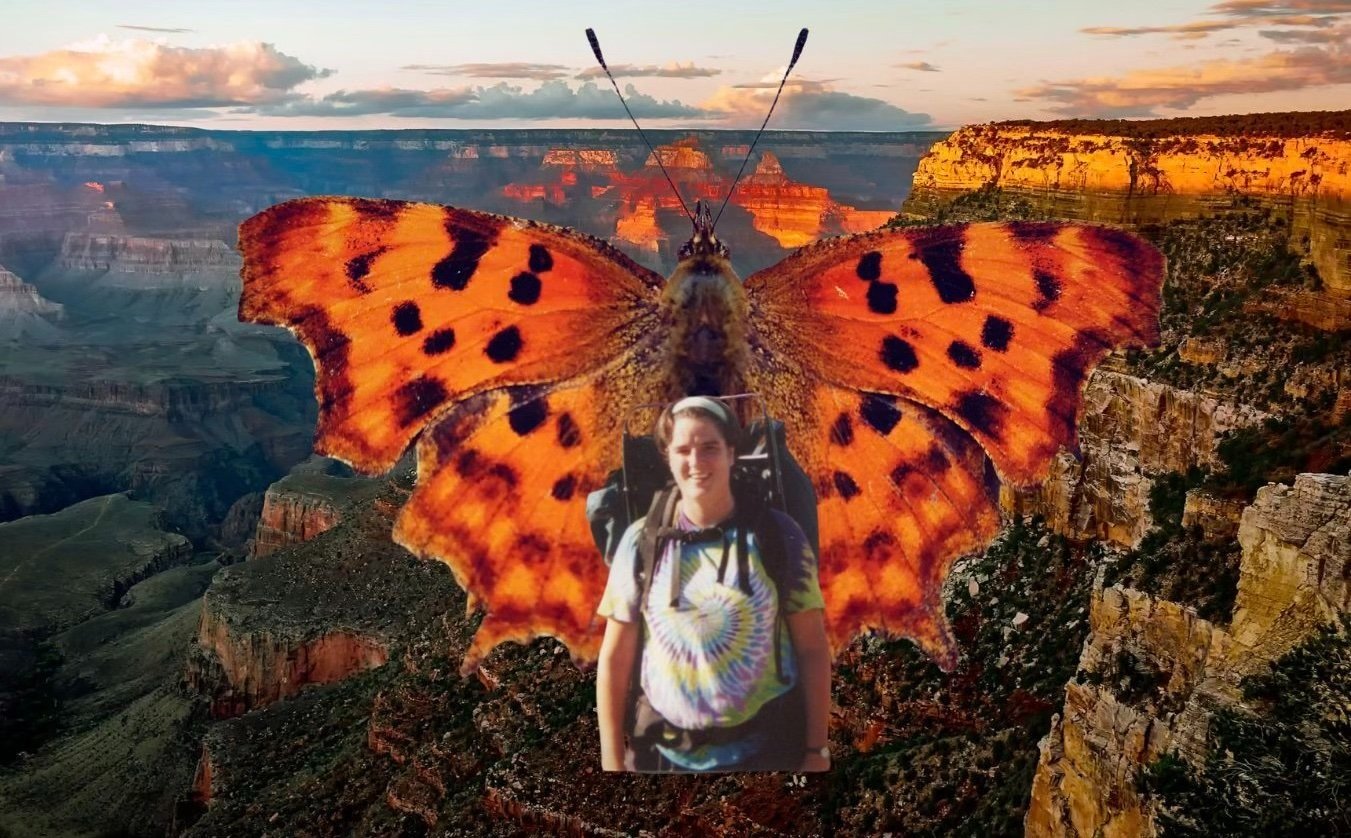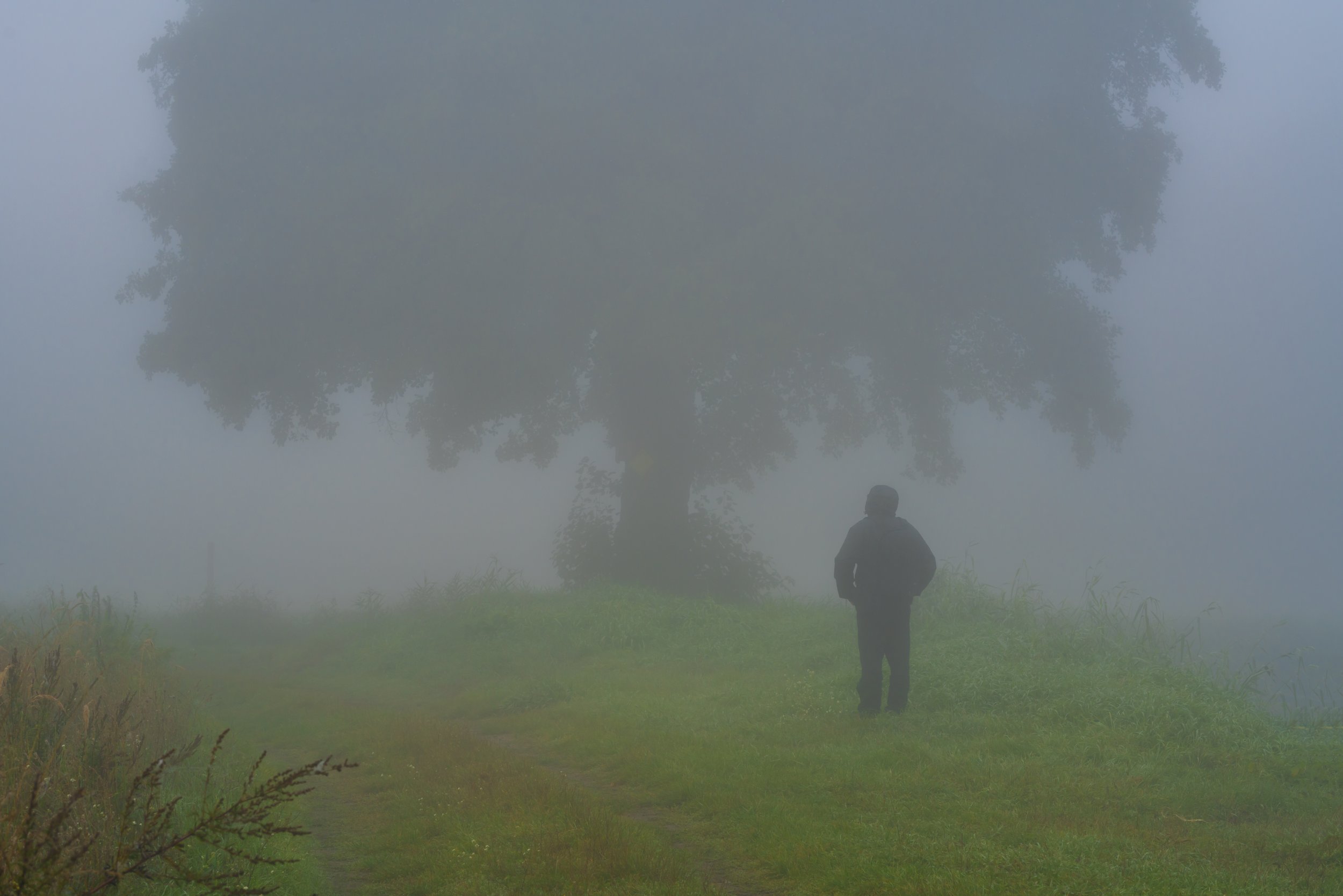“She who reconciles the ill-matched threads
Of her life, and weaves them gratefully
Into a single cloth –
It’s she who drives the loudmouths from the hall
And clears it for a different celebration. ”
The Mother’s Day we have is not big enough to hold all of a woman’s heart on Mother’s Day. Women need a different celebration. The Mother’s Day we have is a holiday of marketing and hype. It doesn’t represent women’s experience. It represents profit. In The US alone it is a 21 billion dollar industry. You can’t open your email, go in to a CVS or grocery store, or the mall without being bombarded by messages about Mother’s Day. You literally can’t get away from it for weeks. It is most telling that the founder of Mother’s Day, Anna Jarvis was so troubled by how the holiday became a marketing holiday rather than the sacred holiday she had intended, that she spent most of her life trying to remove the holiday from the calendar.
Women need a different celebration because the current celebration is one-sided. The current celebration is entirely too small to hold the experience that women have with the word mother, with the role of mother, with the relationship as a mother, and a relationship to a mother. I don’t want to take any of the joy out of the holiday for the women who feel joy. Joy belongs there. Celebration belongs there. Satisfaction and appreciation belong there. But our current cultural stranglehold on Mother’s Day keeps out the other very real parts of women’s lives. It forces women to put on only a happy face when they are often holding so much more. Yes, there is joy on Mother’s Day, but there is also much sorrow and loss—often invisible losses. And because of the mandate on happiness and flowers and all things wrapped in bows—women are asked to smile and hold their losses alone. On a day when they are being ‘celebrated’ women are often left entirely isolated in their own experience—especially with regards to loss.
And the losses are many. Remember that women count all of their children on Mother’s Day—the born, the unborn, the living, the dead. It is a day of mourning for women who lost children to miscarriage or to death, as much as it is a celebration of the children they love and cherish. It can be a day of mourning for the women who gave their babies up for adoption and for some women who chose to have abortions—for the difficult decisions that they had to make. It can be a day of mourning or loss for the women who weren’t able to have children or who chose not to. A reminder of what was not and what will never be. There are also the children who are lost to addiction, to jail, to mental illness, to estrangement. Women count all of their babies—the ones who are here and not here, the ones they can hold, and the ones they can’t.
And on this day women are asked to hold the relationship to their own mothers in whatever form that holds. So many women who loved their mothers dearly and whose mothers have died are acutely aware of the woman they can no longer celebrate in the way they want, can no longer hold, and talk to on this day. Or maybe their mothers are sick, or have Alzheimers—still living, but no longer the person they were. For these women, no matter how joyous the relationship with their own children, families, relationships—Mother’s Day can make them feel raw, and sore, with a deep, deep sense of sorrow or longing. The absence of mother is felt as a gaping hole.
And sometimes this gaping hole isn’t from the loss of something wonderful, it is from the loss of what never was: for the women who were unmothered—hurt, abused, neglected by the very person who was supposed to fill their lives with safety and care. For the women who have spent many years learning to mother themselves. Mother’s Day, and the Hallmark cards that mark the occasion, is a reminder of the childhood that never was and never can be—of things they could never say about their mother because we live in a world that believes that all mothers are good. It is a reminder of what they didn’t get and all the hard work of healing that they had to do to become who they are now.
So let’s work to create a different celebration that would support a woman to hold her joy and her sorrows. Her joys as a mother and her losses as a mother. Her joys of her mother and her losses of a mother. Let’s work to support a woman to hold the love she has of her children with the sorrows of the children that couldn’t be. Let’s create a different celebration that doesn’t ask a woman to hold only one side of her story about mothers and motherhood on Mother’s Day. Let’s create a different celebration that allows her to hold all of her experience so that she may weave them gratefully into a single cloth. Let’s make the celebrations and conversations as big as the hearts of the women we are celebrating.
© 2016/2023 Gretchen L. Schmelzer, PhD




